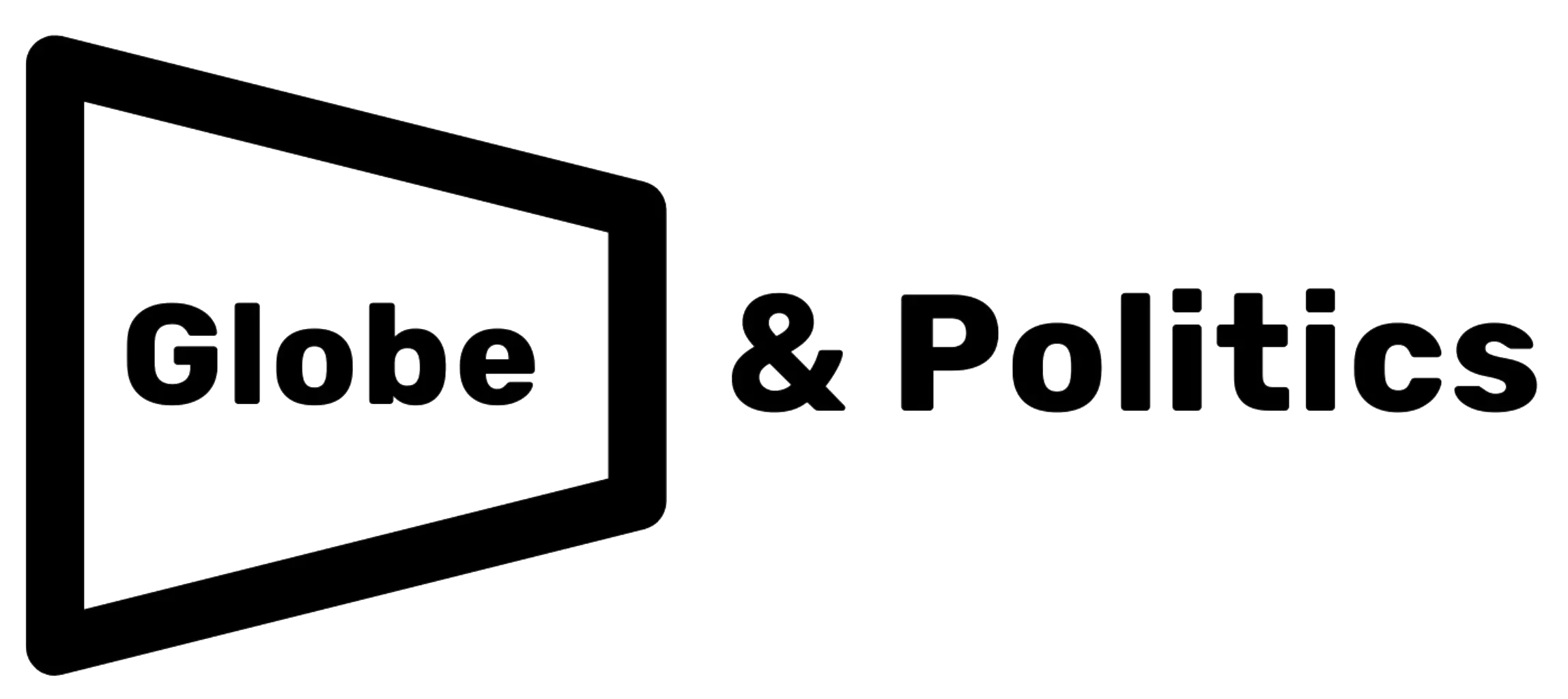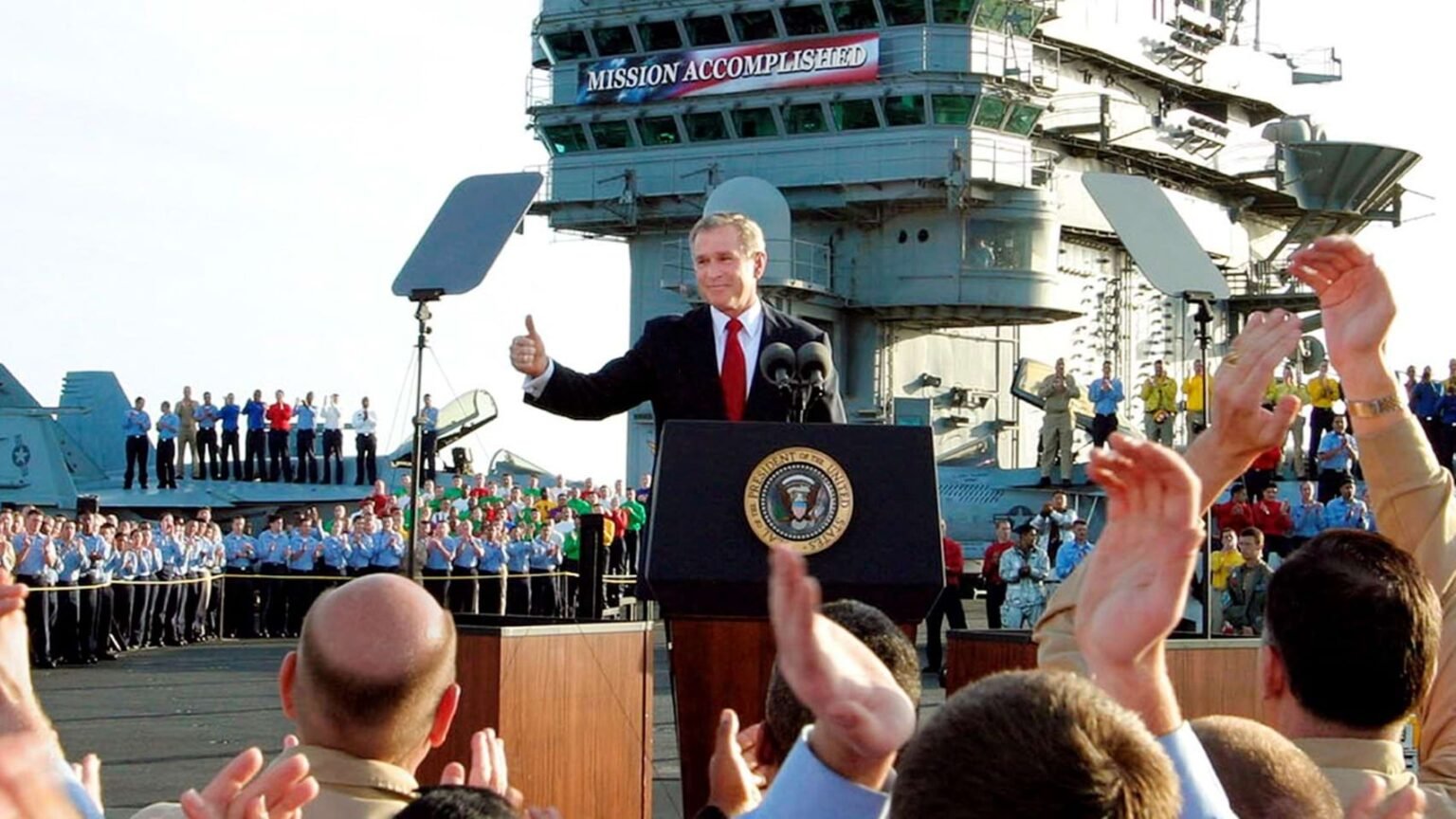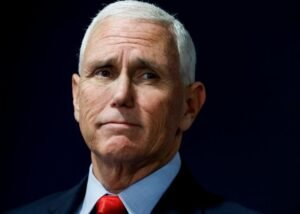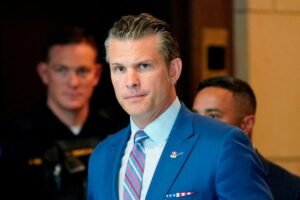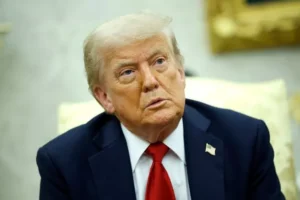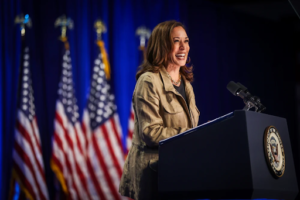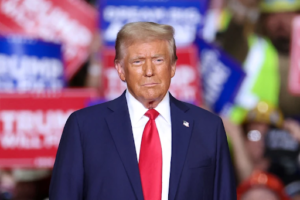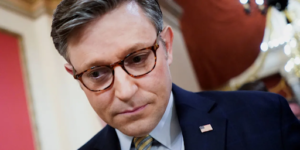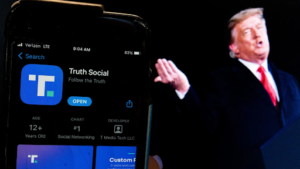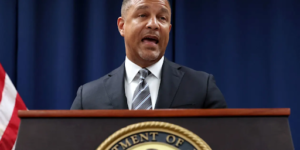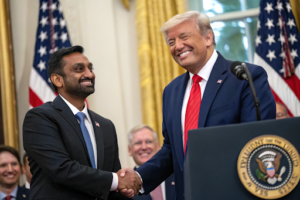Over the past few decades, the concept of “smart power” has played a significant role in U.S. foreign policy discussions. This approach emerged as a reaction to the failures of the George W. Bush administration, which found itself entangled in prolonged conflicts in Iraq and Afghanistan. Critics of these interventions highlighted the limits of hard power—military force and economic coercion—as tools for achieving long-term strategic objectives. As a result, there was a growing demand for a more nuanced, strategic approach to foreign policy that blended various elements of power to achieve national goals effectively.
The relevance of smart power is particularly significant today, in what some observers have termed “the era of great power stupidity.” This term underscores the apparent decline in rational and strategic decision-making among global powers, often marked by impulsive military interventions, economic miscalculations, and diplomatic blunders. The question, however, remains: What does a truly smart foreign policy look like? The answer is not straightforward, and the difficulty in defining smart foreign policy speaks volumes about the complexity of international relations.
Defining Smart Foreign Policy
One way to assess smart foreign policy is by considering desirable outcomes. At a fundamental level, most nations seek peace and prosperity. If a country’s foreign policy fosters peaceful international relations and enhances national wealth, it might seem reasonable to label that policy as “smart.” However, the reality is far more complicated.
A policy that appears to promote peace in the short term may have unintended long-term consequences that undermine stability. Similarly, economic policies that yield short-term prosperity may create dependencies or vulnerabilities that harm a nation’s long-term interests. Thus, smart foreign policy cannot be judged solely on immediate outcomes; it requires a broader, strategic perspective that accounts for long-term sustainability and adaptability.
Balancing Hard and Soft Power
Smart power is often framed as a balanced combination of hard and soft power. Hard power encompasses military force, economic sanctions, and coercive diplomacy. While these tools can be effective in deterring adversaries and compelling compliance, they also carry risks, such as escalating conflicts or fostering resentment among allies and neutral parties.
Soft power, on the other hand, relies on persuasion, cultural influence, and diplomatic engagement. It involves fostering alliances, promoting democratic values, and leveraging economic and technological leadership. The challenge lies in striking the right balance between these approaches. Over-reliance on hard power can lead to costly conflicts, while excessive dependence on soft power may make a nation appear weak or indecisive.
A smart foreign policy, therefore, is one that effectively integrates hard and soft power to achieve national objectives without unnecessary costs or unintended negative consequences. This requires skilled diplomacy, deep cultural understanding, and a keen awareness of global trends.
Learning from Past Mistakes
One of the clearest ways to develop a smart foreign policy is to learn from past mistakes. The U.S. interventions in Iraq and Afghanistan demonstrated the pitfalls of relying too heavily on military solutions without adequate consideration of political, economic, and social factors. Similarly, trade policies that have resulted in overdependence on certain nations, such as China, highlight the risks of short-term economic gains at the expense of long-term strategic stability.
By analyzing historical failures and successes, policymakers can make more informed decisions that anticipate potential consequences. This requires not only a deep understanding of history but also the humility to recognize when past approaches have been flawed and need reevaluation.
Adaptability and Strategic Patience
Smart foreign policy also necessitates adaptability. The global landscape is constantly shifting due to technological advancements, geopolitical changes, and emerging security threats. A rigid, dogmatic approach to foreign policy is likely to fail in an unpredictable world. Instead, policymakers must remain flexible, willing to adjust strategies as new information and circumstances arise.
Strategic patience is another crucial element. Not all foreign policy objectives can be achieved quickly. Some goals, such as fostering stable democratic institutions or building long-term trade partnerships, require sustained effort over years or even decades. Policymakers must resist the temptation to seek quick wins at the expense of long-term stability.
The Role of Multilateralism
Another hallmark of smart foreign policy is effective multilateral engagement. In an interconnected world, no nation can afford to act entirely alone. Strong alliances and international cooperation enhance a country’s ability to achieve its goals while sharing the burden of global challenges. Multilateralism allows for collective problem-solving, greater diplomatic leverage, and the pooling of resources to address transnational issues such as climate change, cybersecurity threats, and global pandemics.
Unilateral actions, by contrast, often lead to isolation, backlash, and diminished global influence. While there are situations where acting alone may be necessary, a foreign policy that prioritizes working with allies and international institutions generally yields more sustainable and effective results.
